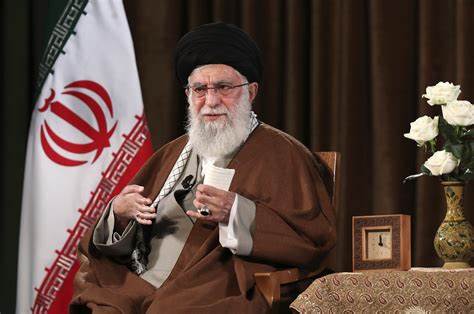
Iran’s Escalating Uranium Enrichment
The Texas Tribune – Jake Holden
Iran has significantly increased its stockpile of uranium enriched to near weapons-grade levels, raising alarms in the international community. This development defies global demands for transparency and restraint, further intensifying concerns about Iran’s nuclear ambitions and the potential for a regional arms race.
As of August 27, Iran’s uranium stockpile has surged to 164.7 kilograms enriched up to 60%, marking an increase of 22.6 kilograms since the last report in May. This escalation brings Iran dangerously close to possessing the material necessary for nuclear weapons, a development that has sent shockwaves through diplomatic channels and international watchdogs.
Uranium enriched to 60% purity is perilously close to the 90% threshold required for nuclear weapons. The International Atomic Energy Agency (IAEA) has expressed deep concern over this advancement, with its chief warning that Iran now has sufficient uranium to produce several nuclear bombs. This proximity to weapons-grade material underscores the gravity of the situation and the potential threat it poses to global security.
Iran’s relationship with the IAEA, the UN body responsible for monitoring nuclear activities, has deteriorated significantly. Tehran has not been cooperating fully with the IAEA, and recent reports indicate that surveillance cameras installed by the agency have been disrupted, while experienced inspectors have been barred from facilities. These actions suggest an increasing lack of transparency and a growing rift between Iran and the international community.
Compounding concerns, Iran has been installing more advanced centrifuges, which are capable of enriching uranium more efficiently. Eight cascades of IR-6 centrifuges have already been installed at the Fordo site, with additional cascades being set up at the Natanz facility. This enhancement of Iran’s enrichment capabilities further escalates the threat level, making it increasingly difficult for the international community to monitor and control Iran’s nuclear activities.
Iran’s motives behind this aggressive nuclear advancement remain a topic of intense debate. On one hand, Tehran asserts that its nuclear program is purely for peaceful purposes, including energy production and medical research. However, the level of enrichment and the secrecy surrounding its activities cast doubt on these claims. Some analysts suggest that Iran’s actions are driven by a desire for self-defence, aiming to deter potential aggressors by signalling its capability to develop nuclear weapons if necessary.
On the other hand, there is a growing belief that Iran might be using its enriched uranium stockpile as a bargaining chip in future negotiations, particularly with the United States. By advancing its nuclear program, Iran could be positioning itself to extract concessions in exchange for limiting or reversing its enrichment activities. This strategy could involve lifting economic sanctions or securing security guarantees from Western powers.
Regardless of Iran’s true intentions, the rapid increase in enriched uranium and the installation of advanced centrifuges have escalated tensions in the Middle East and beyond. The international community faces a critical challenge in addressing Iran’s nuclear activities, balancing the need for diplomatic engagement with the risk of further destabilization. Whether Iran’s actions are driven by a defensive strategy or a calculated move to enhance its bargaining position, the stakes have never been higher. The coming months will be crucial in determining whether diplomatic efforts can avert a potential crisis or if the world is on the brink of a new era of nuclear proliferation.



